 Founded by West Virginian Doctor VK Raju, the Eye Foundation of America responds to the ubiquity of childhood blindness. Though less common in industrialized nations, blindness affects many societies throughout the world. Globally, 2.2 billion people cope with cases of vision impairment or blindness, 12 million of which are preventable. According to the foundation, combating childhood blindness may be the most cost-effective health intervention.
Founded by West Virginian Doctor VK Raju, the Eye Foundation of America responds to the ubiquity of childhood blindness. Though less common in industrialized nations, blindness affects many societies throughout the world. Globally, 2.2 billion people cope with cases of vision impairment or blindness, 12 million of which are preventable. According to the foundation, combating childhood blindness may be the most cost-effective health intervention.
Eye Foundation of America
Most instances of vision impairment result from eye conditions. When eye conditions obstruct the visual system and one or more of its functions, if not treated quickly and effectively, vision impairment leads to permanent blindness.
Dr. Raju, the creator of Eye Foundation of America (EFA), grew up in Rajahmundry, Andhra Pradesh, India. His medical career in ophthalmology brought him to his current residence of Morgantown, West Virginia. Following his journey from east to west, Dr. Raju strengthened his ties to India and other developing countries through EFA.
Childhood vision impairments have an impact on education as learning is done 80% through vision. Therefore, EFA revolves around a singular mission: eradicating childhood blindness. The principles of service, teaching and research, underscore operations of the foundation. EFA sets up medical clinics across the world focused on training staff on ophthalmological procedures, screening local populations for eye conditions and maintaining a functional vision for the youth.
In four decades, EFA made notable strides in combating childhood blindness and overall blindness. In 30 countries across the world, EFA trained and educated more than 700 doctors and medical staff, conducted three million vision screenings and saved the vision of more than 350,000 people through essential procedures.
Early Intervention Prevents Blindness
In an interview with The Borgen Project, Dr. Raju affirms the importance of proper sight for children, without which “the child becomes a problem to themselves, a problem to the family and a problem to society.”
Reducing childhood blindness requires early intervention. If health care personnel identify eye conditions in a child’s first two years of life, the visual cortex still has time to develop and function properly. Conversely, if doctors neglect vision problems during this critical period of growth, the brain cells may never learn to see.
Disparities Between Access and Affordability
Dr. Raju traces the pervasiveness of childhood blindness to accessibility and affordability rather than incidence. He offers his home state of West Virginia as an example. In 2018, the U.S. Census Bureau documented the West Virginia poverty rate at 17.8%, which is 6% above the national rate of 11.8%. Despite relative poverty, Dr. Raju asserts that West Virginia residents enjoy excellent health care and ophthalmological treatment, regardless of whether they have insurance.
Two-thirds of the 1.4 million cases of childhood blindness occur in developing countries where Dr. Raju sets up the majority of EFA’s clinics. Accordingly, The World Health Organization (WHO) reports, “The burden of visual impairments and eye conditions tends to be greater in low and middle-income countries and underserved populations, such as women, migrants, indigenous peoples, persons with certain kinds of disability and rural communities.”
Vision Impacts Global Poverty
Mahatma Gandhi once famously declared, “Be the change you wish to see in the world.” For Dr. Raju, the change is to see. Though often taken for granted, vision enables children to read, write and learn through seeing. Vision impacts education and education impacts poverty. Dr. Raju’s foundation addresses overall global poverty by addressing childhood blindness.
– Maya Gonzales
Photo: Flickr

 For the past four decades, the Chinese government has viewed poverty alleviation as integral to its economic development. The
For the past four decades, the Chinese government has viewed poverty alleviation as integral to its economic development. The  Female education has been an ongoing challenge for the East African country of Malawi. With 50.7% of the population living below the poverty line, the nation is one of the poorest in the world, and a large percentage of the poor are women. A significant reason why is that girls often fall behind early in their education especially in areas like math and reading and end up dropping out. Also, the average elementary classroom in Malawi has 76 students meaning faculty are frequently overburdened and unable to address the delicate situation many young women find themselves in. The London based nonprofit organization Onebillion has developed the Onecourse technology that is closing the education gender gap in Malawi.
Female education has been an ongoing challenge for the East African country of Malawi. With 50.7% of the population living below the poverty line, the nation is one of the poorest in the world, and a large percentage of the poor are women. A significant reason why is that girls often fall behind early in their education especially in areas like math and reading and end up dropping out. Also, the average elementary classroom in Malawi has 76 students meaning faculty are frequently overburdened and unable to address the delicate situation many young women find themselves in. The London based nonprofit organization Onebillion has developed the Onecourse technology that is closing the education gender gap in Malawi.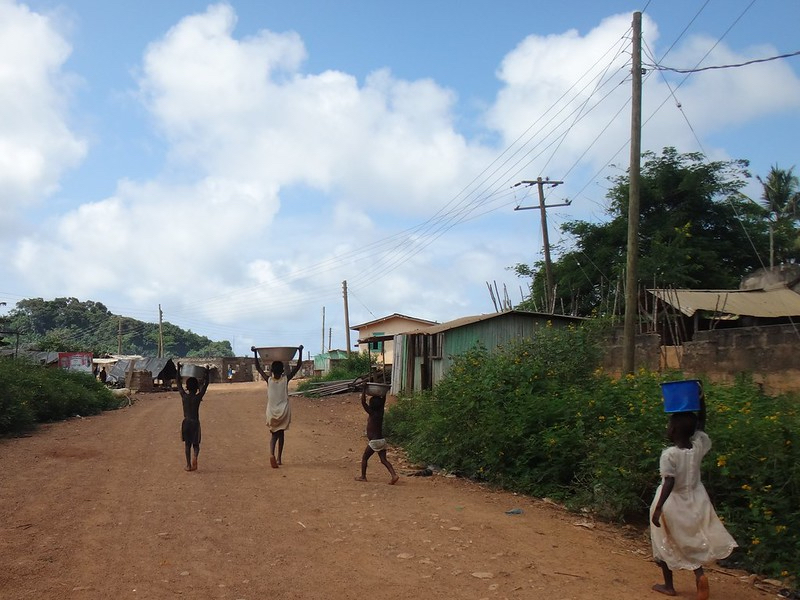
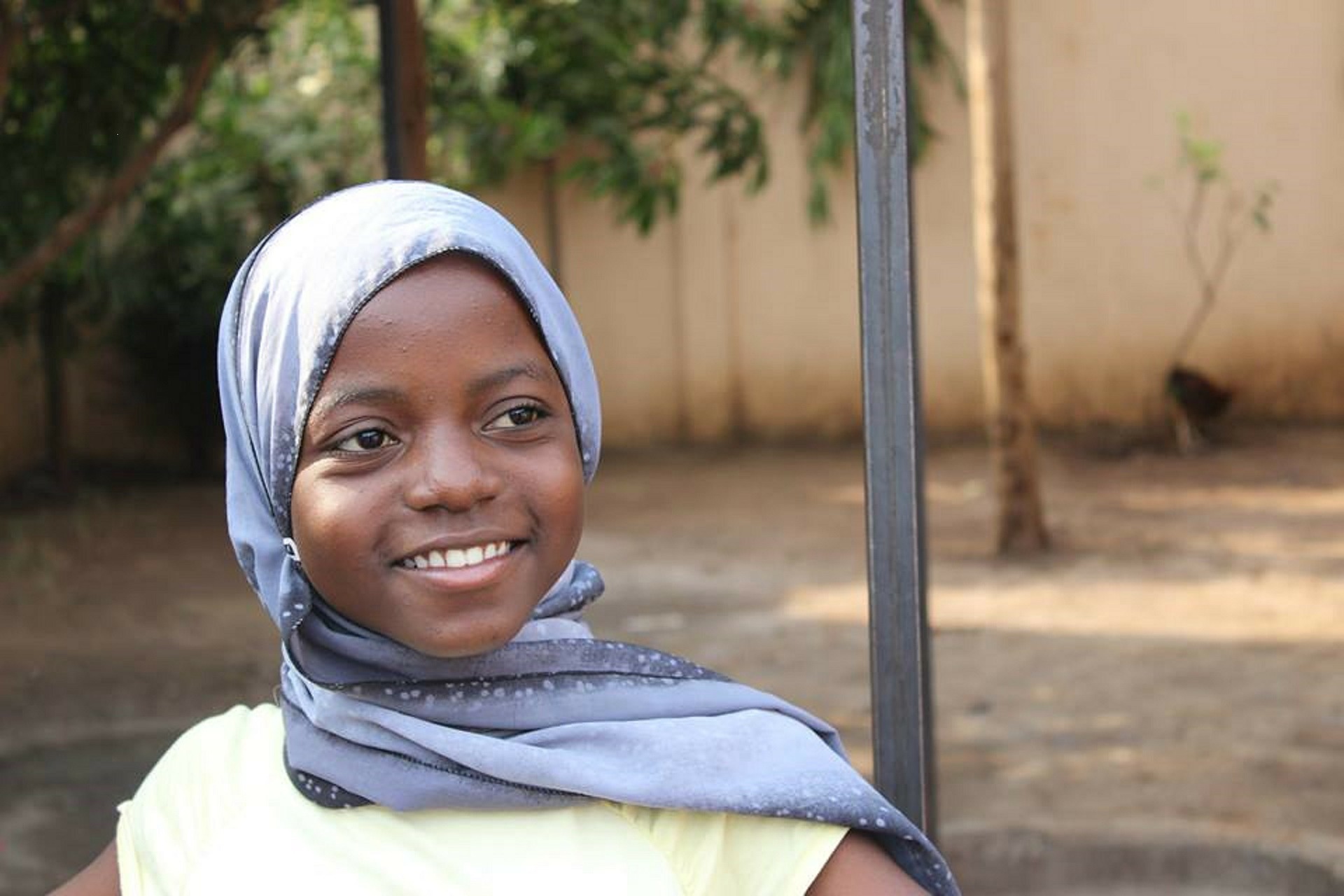 International fashion model Flaviana Matata survived malaria and studied electrical engineering in college. In 2007, Matata was the first-ever Tanzanian woman to compete in the Miss Universe pageant. In 2016, after learning that house paint is often passed off and sold as nail polish in Tanzania, she founded
International fashion model Flaviana Matata survived malaria and studied electrical engineering in college. In 2007, Matata was the first-ever Tanzanian woman to compete in the Miss Universe pageant. In 2016, after learning that house paint is often passed off and sold as nail polish in Tanzania, she founded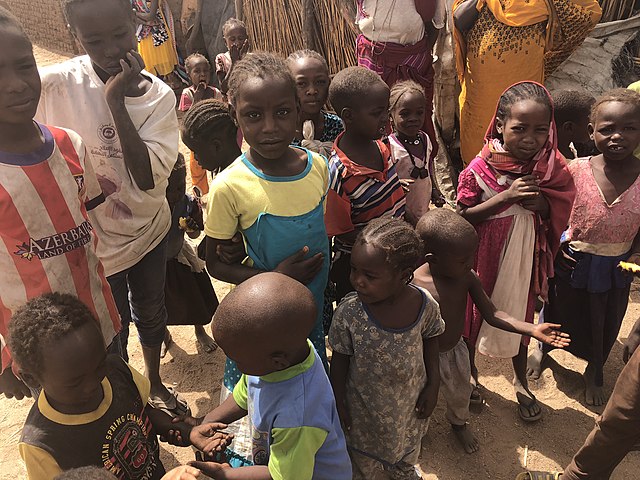

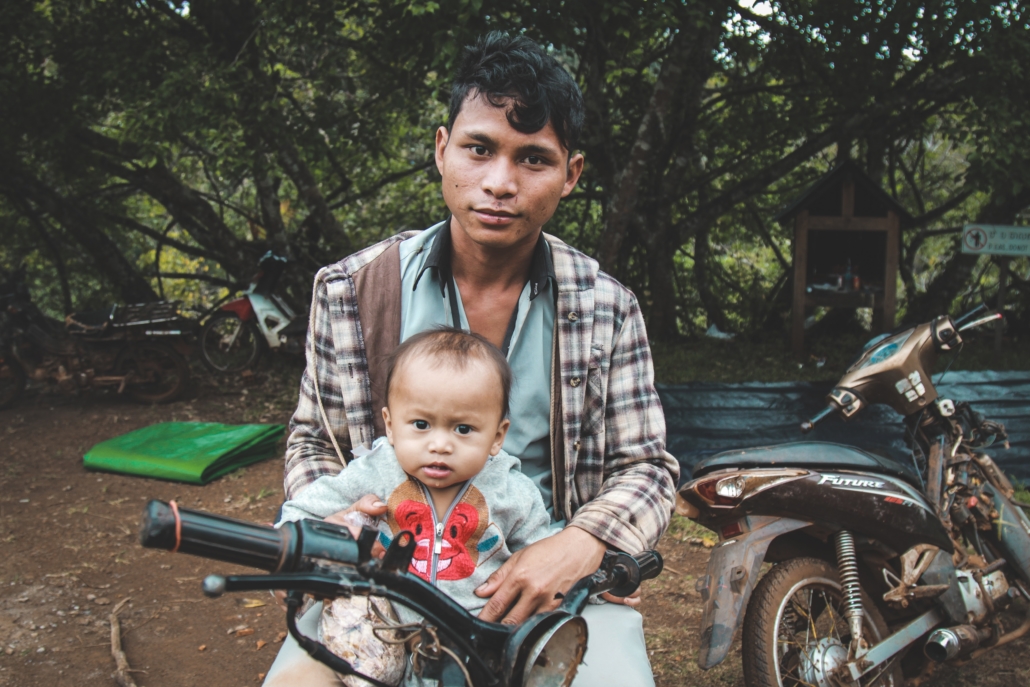 Between 1975 and 1979, Cambodia was ruled by communist leader
Between 1975 and 1979, Cambodia was ruled by communist leader 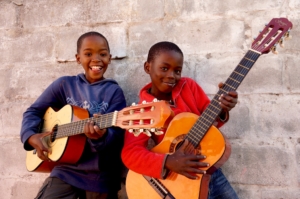 Playing For Change is an organization that works to connect people through music by bringing together musicians from around the world to promote peace and unity. In 2007 its founders Mark Johnson and Whitney Kroenke created the
Playing For Change is an organization that works to connect people through music by bringing together musicians from around the world to promote peace and unity. In 2007 its founders Mark Johnson and Whitney Kroenke created the 